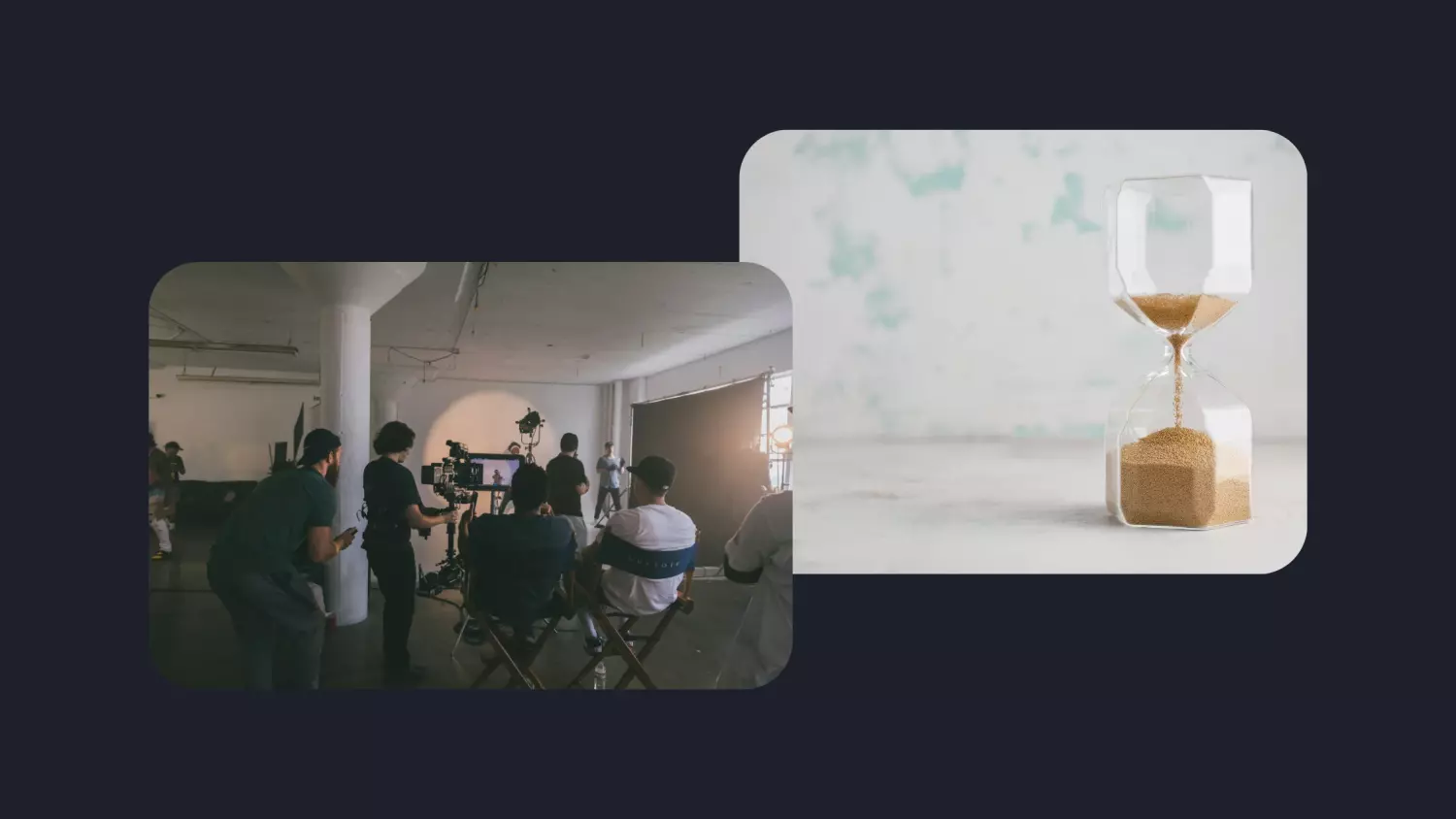Producing content for fashion brands and retailers has never been more complex, or more rewarding.
Retail businesses are becoming more and more online, especially since COVID-19, and the bar for the quality of e-commerce content is continuing to rise. At first, fashion brands tried to figure out how to get lots of product imagery live on time. Then, models started to wear the products and products were shot in different combinations as ‘shop the look’ data.
As brands work out how to prepare for these more complex requirements through sample management, studio, and post-production, they also need to know how to clear the path for more content to be created. And, as if that wasn’t enough, brands are focusing on how they can differentiate their e-commerce imagery, and hone their creative identity more than ever before.
So the first challenge for any fashion brand looking to ramp up the quality and quantity of content production is simply, where to start?
Different teams, different objectives
In many fashion businesses, the ‘content quality’ objective and the ‘content quality’ objective are associated with two different teams:
Quality of content: Studio and art direction
Quantity of content: Commercial operations
While brands previously focused on one at the expense of the other, that’s no longer enough. Fast fashion brands are investing more than ever in high-quality content, and designer brands are working harder to capitalise on their reputation and produce more content for new markets.
Successfully ramping up content production means seeing creative and commercial objectives through the same lens. That means bringing operational agility to your creative teams.
The Agility Test For Fashion Brands
So we better understand what operational agility looks like, it’s essential to look at what happens when a business tries to ramp up content production without good preparation and laying down the foundation properly.
To test your agility for scalability, ask yourself these two questions, to begin with:
- If you had to launch on a new platform next week, could you get the content ready in time?
- How long would it take you to model the cost of launching there?
These two questions test your ability to execute quickly and focus your strategy on what would help the business most. If you don’t know the answer to these questions – and you ploughed ahead with the launch anyway – you may come up against these common issues…
5 Common issues brands face when scaling content production
- The wrong objective: You’re not able to model the impact of your objective ahead of time, so you might be spending time producing content that doesn’t perform as you expect it to. This can be dangerous because time is of the essence in content production and it can be very costly to the business
- Misalignment on goals: Different teams have different goals and creative approaches so it can be challenging to get all teams working together on your specific objective. Your creative teams might have a culture of delivering content in a certain way and to certain timelines. Introducing new ways of working to respond to a specific project may fall flat without a shared objective.
- Production errors: Many fashion teams work together using spreadsheets, word documents, or project management tools. That means they’re often making local changes on various files and platforms, without a single source of truth – in other words, everyone’s working on an outdated version of the file, causing production errors and inconsistencies. Forcing your teams to work quickly – equipped only with tools that aren’t built to manage content production – only causes more errors. This can be solved by using a single platform solution to house everything you need in the content production process. Lets Flo provides a single source of truth to house all briefs, feedback, and approvals, as well as sample and physical asset management, so your teams will no longer work in silos.
- Production slows down: As technology grows, tech stacks in fashion businesses diversify more and more. Various teams now collaborate over email, project management tools, and various messaging apps. Juggling priorities and workloads, team members can sometimes cause long bottlenecks unintentionally whenever a change is being implemented. This can be mitigated with dedicated project management tools but proper onboarding and training should be provided for team members to ensure a smooth transition.
- You miss the deadline: Either products don’t make it live in time for the promotion, or the product go-live date is delayed and increases time-to-market. Missing the deadline can often be caused by overspending on team resources to deliver content, too: late and over budget is never optimal. Also, the longer it takes for products to go to market, the bigger the impact it will have on revenue. It is crucial for brands to reduce the time-to-market and increase efficiency.
If you recognise any of these problems from your own content production efforts, it’s time to consider whether your production teams are working in the right structure – whether you’ve got the right targets in place, and where you can be better supported by technology. Workflow and tracking platforms, like Lets Flo, remove manual admin tasks for you, and enable you to streamline your processes and teams, so you can focus on your unique skillsets and improve efficiency. You can get in touch for a live 1:1 demo here.






